|
Resurrection Sunday is Christianity’s most important day. Whether called Pascha in Greek (and Latin) or Easter, as its most commonly known in the western world, this is a festival and holiday celebrating the resurrection of Jesus from the dead as described in the New Testament. It is said to have occurred three days following Jesus "passion" and death by crucifixion at the hands of Roman soldiers. The place was Calvary, located immediately outside Jerusalem’s walls (c. 30 AD). In popular culture, Easter is connected to eggs, rabbits and candy. The custom of the “Easter egg” supposedly began with pagan rituals and festivals celebrating spring, and rebirth. Eggs were a key symbol of the latter (rebirth) and were given as gifts, oftentimes decorated. Another theory recalls a practice in Mesopotamia, where early Christians stained eggs red in memory of the blood of Christ, shed at his crucifixion. As such, the Easter egg is thought to be a symbol of the empty tomb for Christians.
William M. Townley was the owner of a drug store in Newark, New Jersey, where he concocted recipes for home products. A holiday favorite was egg-coloring dye solutions, very popular this time of year, especially with German customers. One day, in 1879, Townley apparently ruined his shirt and marble counter while “spooning-out" dye for a customer. He immediately went to work on packaging a powder form of the dye to avoid further accidents to himself and customers at the point of purchase. Townley eventually figured out how to concentrate dye in tablet form, and the modern Easter egg dyeing kit was born. The original price of each tablet was five cents, and customers could make the dye by combining the tablets with water and vinegar. Townley eventually renamed his business the Paas Dye —the word borrowed from Pasen, another Dutch name for Easter.  I myself partook in coloring many an egg in my youth, and when my sons were smaller. I certainly think everyone should experience this “rite of passage,” not so much mixing dyes, but more so carefully balancing hard-boiled eggs on that crazy, wire dipper that came with the kit…but I digress. Over time, evolution has given us an egg substitute in modern times where real eggs have been replaced by artificial representations made from chocolate, or plastic—the latter filled with candy such as jellybeans, Hershey Kisses, or M&M’s. Back to the Easter Bunny, he is a folkloric figure and symbol of the Christian holiday, depicted as a rabbit bringing Easter eggs. Originating among German Lutherans, “the "Easter Hare" originally played the role of a judge, evaluating whether children were good or disobedient in behavior at the start of the season of Eastertide.” In legend, the creature carries colored eggs in his basket, candy, and sometimes also toys to the homes of children who were faithful and obedient during the 40-day Lenten period leading up to Easter Sunday. Apparently, the custom dates back to 1682, but I still haven’t figured out why the Bunny is depicted as wearing clothes. Truth be told, the symbolism of the rabbit has something to do with spring and fertility but that is taking me way off tangent for the aim of this article!  Depiction of Gamaliel addressing the Jewish Sanhedrin. Depiction of Gamaliel addressing the Jewish Sanhedrin. While brainstorming for an appropriate Holy Week-themed subject for “Stories in Stone,” I searched Mount Olivet’s database looking for any interred persons having the last name of Easter. While finding none, I did find 11 with the surname of Easterday. Of these, one jumped out to me—Gamaliel Easterday. I had never seen this first name before, so I immediately went in search of its origin. Gamaliel was a first-century Jewish rabbi and a leader in the Sanhedrin. He is mentioned a couple of times in Scripture as a famous and well-respected teacher and indirectly had a profound effect on the early church. Gamaliel was a Pharisee and a grandson of the famous Rabbi Hillel. Like his grandfather, Gamaliel was known for taking a rather lenient view of Old Testament law in contrast to contemporaries who held to a more stringent understanding of Jewish traditions. The first biblical reference to Gamaliel is found in Acts 5. The scene is a meeting of the Sanhedrin, where John and Peter are standing trial. The Sanhedrin was the equivalent of the Supreme Court of ancient Israel, comprised of 70 men and the high priest. This group met in the Temple of Jerusalem. After having warned the apostles to cease preaching in the name of Jesus, the Jewish council becomes infuriated when Simon Peter defiantly replies, “We must obey God rather than human beings!” (Acts 5:29). Peter’s statement enrages the council, who begin to seek the death penalty for both of these men. Into the fray steps Gamaliel, “who was honored by all the people” (Acts 5:34). Gamaliel first orders the apostles to be removed from the room, then encourages the council to be cautious in dealing with Jesus’ followers: “In the present case I advise you: Leave these men alone! Let them go! For if their purpose or activity is of human origin, it will fail. But if it is from God, you will not be able to stop these men; you will only find yourselves fighting against God” (Acts 5:38–39). The Sanhedrin is persuaded by Gamaliel’s words (verse 40). 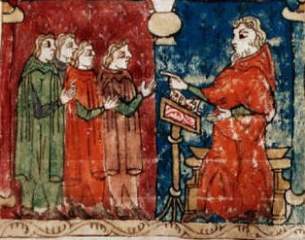 Gamaliel, hailed as "the greatest teacher of his day" with students Gamaliel, hailed as "the greatest teacher of his day" with students Later rabbis praised Gamaliel for his knowledge, but he may be better known for his most famous pupil—another Pharisee named Saul of Tarsus (Acts 22:3). We know him better as the apostle Paul. It was under the tutelage of Rabbi Gamaliel that Paul developed an expert knowledge of the Hebrew Scriptures. Paul’s educational and professional credentials allowed him to preach in the synagogues wherever he traveled, and his grasp of Old Testament history and law aided his presentation of Jesus Christ as the One who had fulfilled the Law (Matthew 5:17). Later rabbis praised Gamaliel for his knowledge, but he may be better known for his most famous pupil—another Pharisee named Saul of Tarsus (Acts 22:3). We know him better as the apostle Paul. It was under the tutelage of Rabbi Gamaliel that Paul developed an expert knowledge of the Hebrew Scriptures. Paul’s educational and professional credentials allowed him to preach in the synagogues wherever he traveled, and his grasp of Old Testament history and law aided his presentation of Jesus Christ as the One who had fulfilled the Law (Matthew 5:17). So in conclusion, if you were to hold the name of Gamaliel, you should exude the qualities of wisdom and prudence. My hope was to find these same qualities in Gamaliel Easterday of Frederick County, Maryland. As for other “Gamaliels” of note, they are few and far between. I was surprised to find that one of our past presidents of the United States possessed Gamaliel for his middle name. I will save the answer for later in the article, but I’m sure you will agree that it doesn’t help prove my sought after “wise and prudent” hypothesis.
Although hailing from Saxony, within the Kingdom of Prussia, I would assume that the Ostertags who settled in Frederick County were not of the Jewish faith tradition. Gamaliel Easterday’s great- grandfather was Christian Ostertag (1730-1805), the first of his family to make his way to the Americas. He arrived in Philadelphia in 1749 having traveled across the Atlantic Ocean aboard a ship named “Christian.” First settling in the area of York (PA), Christian Ostertag would eventually come to Frederick County and established himself as a farmer and innkeeper near what is today Jefferson, Maryland. The Easterday ancestral farmstead still stands atop Steiner’s Hill, roughly a mile and a half west of Jefferson in the area where MD 180 crosses Catoctin Creek. Also making his home in Frederick County was a supposed brother to Christian named Martin Ostertag. Martin landed in Philadelphia in 1765, and would die by 1785. Last, but not least, many may be familiar with the story of Michael Ostertag, a former Hessian soldier who landed in New York in 1778 as a member of the Ansbach Regiment in the service of the British. He left the regiment at Yorktown and also made his way to Frederick County, moving to the Boonsboro area of Washington County, Maryland, where he died in 1837. Today’s Easterday Road and Ostertag Vistas, located near Myersville, are attributed to Michael’s descendants.  Rebecca (Raymer) Easterday (1801-1886) Rebecca (Raymer) Easterday (1801-1886) Gamaliel’s father and grandfather were both farmers, devout Christians, residents of the Middletown Valley and held the first name of Conrad. Ironically, Gamaliel’s roots would have additional ties to faith and religion as his paternal grandmother, Barbara Blessing had married Conrad Easterday. It seems as no surprise that Gamaliel would take up the wise and prudent occupation as farmer. His father died when he was twelve, leaving his mother to raise eight children on the family farm northeast of Myersville in Ellerton. Gamaliel was a member of St. John’s Lutheran Church in Ellerton, also known as “the Stone Church” and the namesake for Church Hill. This place of worship is a lineal descendant of the first church in Middletown Valley, once located at nearby Jerusalem, a few short miles to the west. St. John’s cemetery serves as the site of his parent’s burials. Gamaliel likely attended the nearby Church Hill School and married a local girl, Margaret Lavinia Summers, in 1851. Gamaliel and Margaret would have 9 children, all raised into adulthood on the Church Hill farmstead (located off Church Hill Road, just northwest of Ellerton). He would relocate around 1893 to another farm located about two miles east of Jefferson, on the north side of Jefferson Pike (MD180) at the eastern foot of Catoctin Mountain. Unfortunately I couldn’t glean much from archival resources. In 1879, Gamaliel made an unsuccessful bid to the government for running mail between Middletown and Ellerton. I found only a few local newspaper articles on him. The earliest in 1885 talked about him presenting a groundhog to a Mr. Rohrback in Frederick with hopes that it would become part of a museum collection at Druid Hill Park. Next, an 1890 clipping talks of a fascination with skunks. Finally, another article recounts him bringing figs (from his fig tree) into the Frederick Daily News office in Frederick (1894). Outside of that, I understand that half of his children moved westward, perhaps because of the skunks?
 Warren Gamaliel Harding Warren Gamaliel Harding As for the US president who sported the middle name of Gamaliel? It was none other than our 29th president—Warren G. Harding (1865-1923). He usually is thought of as being among our worst president, but it has nothing to do with his unique middle name I’m sure. Harding died while in office, and was quite beloved at the time. However, after his death posthumous stories started emerging regarding scandals involving cabinet members, mistresses and even a bastard child fathered by William G. On the bright side, I’m pleased to close with this uplifting and appropriate little factoid as President Harding actually reinstituted a White House tradition started by predecessor Rutherford B. Hayes in 1878, but postponed for a few years due to World War I. March 28, 1921
The White House Easter Egg Roll was held for the first time since 1916; between 50,000 and 60,000 children attended. President Warren G. Harding, First Lady Florence Harding and presidential pet Laddie Boy, an Airedale terrier, were on hand, along with characters from the childrens’ play “Alice and the White Rabbit,” then currently appearing in Washington. “Frohe Ostern!” (Happy Easter in German...of course)
5 Comments
Robert
4/19/2019 11:52:25 am
My family owned home/farm of Easterday's near Jefferson. Easterday family cemetery behind house. Seven buirals there dating from late 1700's....Gene Hemp road named after my grandfather....G. Eugene Hemp.....
Reply
Robert R Hemp, J.
4/10/2020 04:58:21 pm
My grandparents, G Eugene Hemp & Helen Rice Hemp owned house & farm noted here. I have a history written by an Easterday in 1912. Original part of house built in 1753. Easterday family cemetery ...8 burials....behind house no longer there. Have several pictures ....one taken shortly after Civil War. Lived there myself 1950 to 1955.
Reply
shane shanholtz
4/10/2020 10:14:44 pm
another great story thanks Chris
Reply
Lois Koontz
4/11/2020 12:24:37 pm
Wondering how the Easterday family in Feagaville figures into the Washington Co family. Interesting to read Robert’s comments - Gene and Helen Hemp raised my dad and we lived on their farm in Jefferson until I was six. Not too many degrees of separation here in Frederick Co.
Reply
Gerald McKoon
8/28/2022 06:09:03 pm
Found very interesting the information of the Easterdays. John Easterday was married to my great aunt Mary Siegrist. Both are buried next to my Siegrist grandparents in Hancock County Illinois.
Reply
Leave a Reply. |
STORIES
|
Archives
July 2024
June 2024
May 2024
April 2024
March 2024
February 2024
January 2024
December 2023
November 2023
September 2023
August 2023
July 2023
June 2023
May 2023
April 2023
March 2023
February 2023
January 2023
December 2022
November 2022
October 2022
September 2022
August 2022
July 2022
June 2022
May 2022
April 2022
March 2022
February 2022
January 2022
December 2021
November 2021
October 2021
September 2021
August 2021
July 2021
June 2021
May 2021
April 2021
March 2021
February 2021
January 2021
December 2020
November 2020
October 2020
September 2020
August 2020
July 2020
June 2020
May 2020
April 2020
March 2020
February 2020
January 2020
December 2019
November 2019
October 2019
September 2019
August 2019
July 2019
June 2019
May 2019
April 2019
March 2019
February 2019
January 2019
December 2018
November 2018
October 2018
September 2018
August 2018
July 2018
June 2018
May 2018
April 2018
March 2018
February 2018
January 2018
December 2017
November 2017
October 2017
September 2017
August 2017
July 2017
June 2017
May 2017
April 2017
March 2017
February 2017
January 2017
December 2016
November 2016




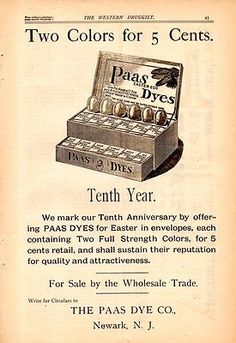



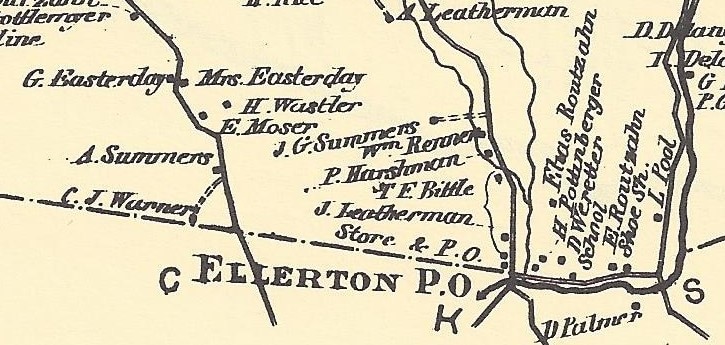





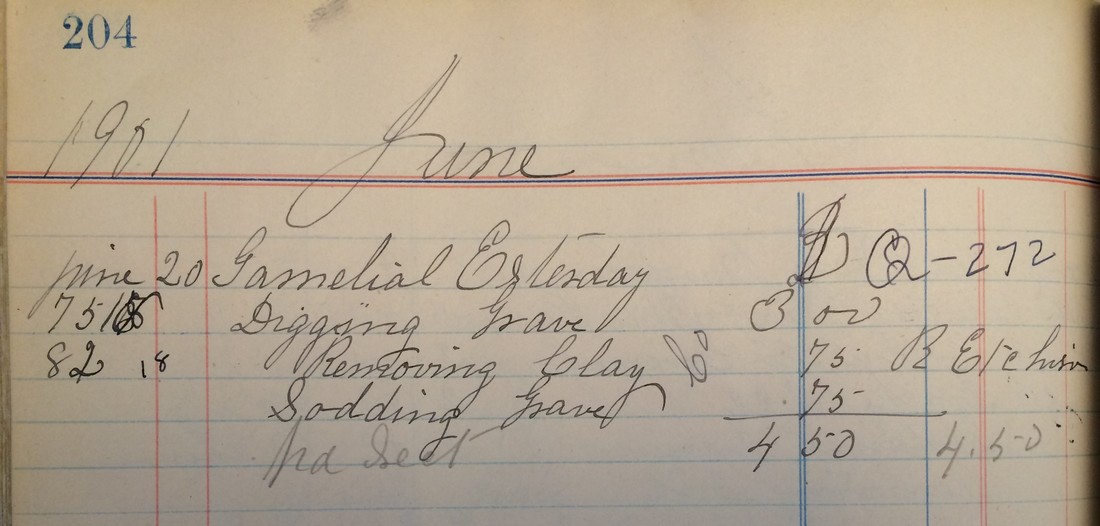

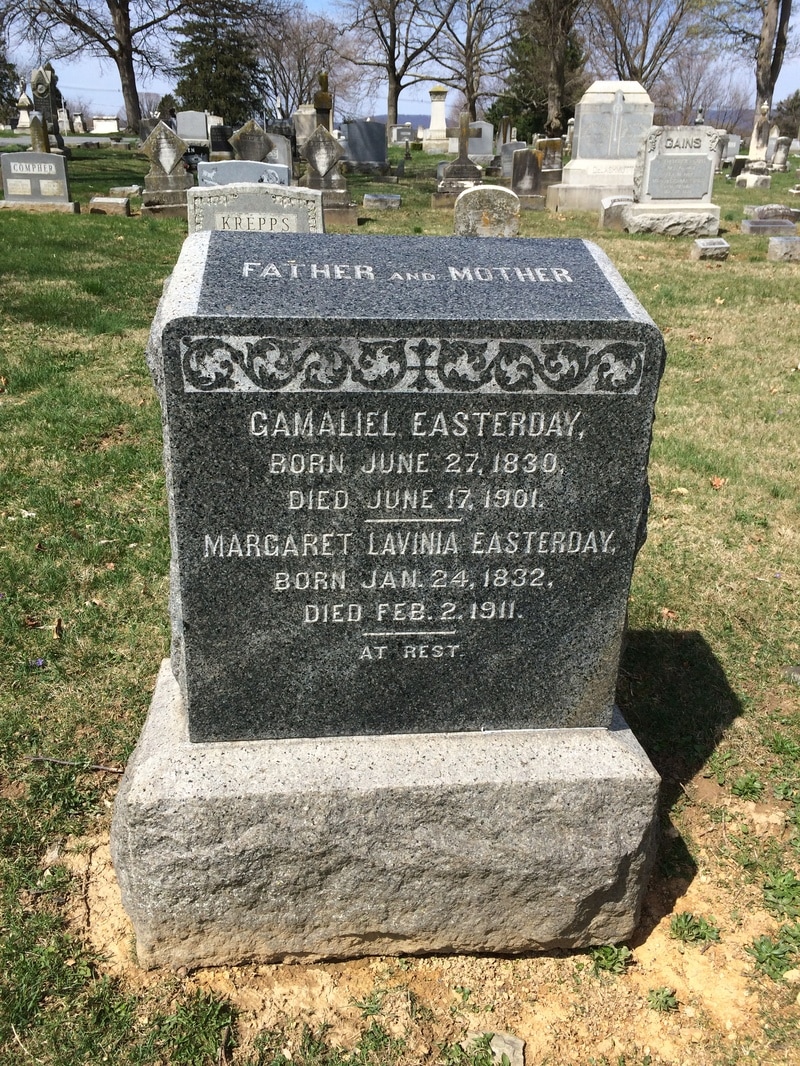


 RSS Feed
RSS Feed